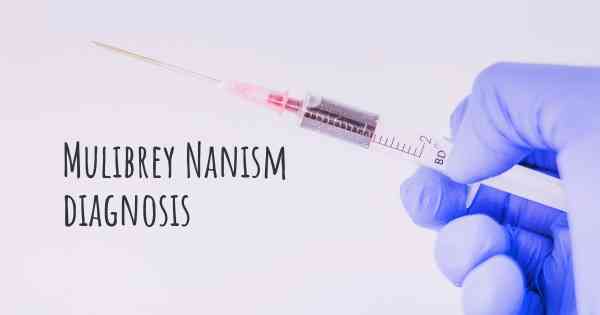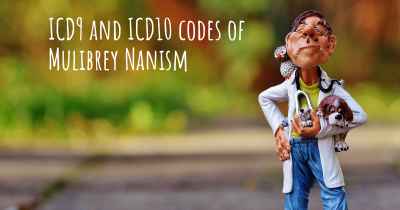How is Mulibrey Nanism diagnosed?
See how Mulibrey Nanism is diagnosed. Which specialists are essential to meet, what tests are needed and other useful information for the diagnosis of Mulibrey Nanism

Mulibrey Nanism is a rare genetic disorder that affects multiple systems in the body. It is characterized by growth retardation, muscle weakness, distinctive facial features, and various other abnormalities. Diagnosing Mulibrey Nanism involves a combination of clinical evaluation, physical examination, and genetic testing.
Clinical Evaluation: The first step in diagnosing Mulibrey Nanism is a thorough clinical evaluation. This involves reviewing the patient's medical history, including family history, and assessing their growth patterns, physical characteristics, and any associated symptoms. The doctor will look for specific signs and symptoms commonly seen in Mulibrey Nanism, such as short stature, a pear-shaped chest, liver abnormalities, and heart defects.
Physical Examination: A comprehensive physical examination is conducted to identify any physical abnormalities associated with Mulibrey Nanism. The doctor will carefully examine the patient's facial features, skeletal structure, heart, lungs, and other organs. They may also measure the patient's height, weight, and head circumference to assess growth patterns.
Genetic Testing: Genetic testing plays a crucial role in confirming the diagnosis of Mulibrey Nanism. The most common genetic abnormality associated with this condition is a mutation in the TRIM37 gene. This gene provides instructions for producing a protein involved in various cellular processes. Genetic testing involves analyzing a blood or saliva sample to identify any mutations or deletions in the TRIM37 gene.
Other Tests: Additional tests may be performed to evaluate the extent of organ involvement and associated complications. These may include echocardiography to assess heart function, liver function tests, imaging studies to examine the liver and other organs, and hormone level measurements.
It is important to note that the diagnosis of Mulibrey Nanism can be challenging due to its rarity and overlapping symptoms with other conditions. Therefore, a multidisciplinary approach involving geneticists, pediatricians, endocrinologists, and other specialists is often necessary to reach an accurate diagnosis.








